

Max Davies
2026 GWM Haval Jolion review
3 Hours Ago
It may not make the best noise, but I’m telling you straight-up, the four-pot GT is the absolute sweet spot in the Maserati Levante line-up.
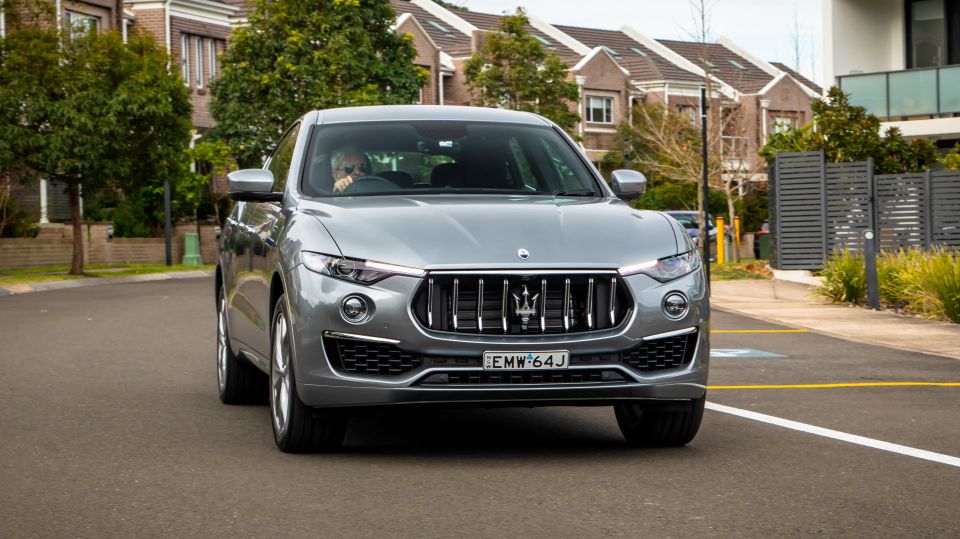


Quickly see how this car stacks up against its competition. Select any benchmark to see more details.
Where expert car reviews meet expert car buying – CarExpert gives you trusted advice, personalised service and real savings on your next new car.
In the large SUV segment above $70,000, there’s a choice of 21 equally tempting models, but the big surprise is the unlikely four-pot 2022 Maserati Levante GT Hybrid – the current entry-level Maserati, if you will – and the marque’s first ‘hybrid’ SUV, though it’s more a 48V mild-hybrid.
For those used to the sweet, sweet sounds of a Maserati V8 or twin-turbo V6 at full noise (the neighbours might disagree), any thoughts of a diminutive four-banger using a single-scroll turbo to pull a large two-tonne SUV would normally be enough to solicit a polite ‘no thanks, not interested‘.
But not this time, at least not with the Levante GT. While it may not have the neighbourhood-shattering boom of its larger displacement stablemates, you’d never pick it if that unmistakable Maserati grille adorned with floating trident badge loomed up large in your rear-vision mirror.

It’s an impressive if not imposing family hauler whichever way you look at it, and one that counts a celebrated field of tasty rivals including the Audi Q7, BMW X5, Range Rover Sport, Mercedes-Benz GLE and Porsche Cayenne, but it’s the Maserati that stands as one of the most distinctive and aesthetically beautiful of the bunch.
That’s not just your author’s opinion, either, but it’s most definitely the consensus of the countless number of head turns directed explicitly at our Levante GT tester complete with its classy Grigio Evoluzione paint job.
It’s not just the latest and greatest version of that famed grille that sets this entry-level Levante apart, though, look closely and you’ll see a design inspired by the traditional Maserati tuning fork. Either way, it presents a bold, if not, elegant physical presence regardless of whether you’re familiar with this storied brand or not.
It’s a similar story around back with the rear light clusters – a boomerang-style effect that harks back to the Giugiaro-designed Maserati 3200 of the late 90s.
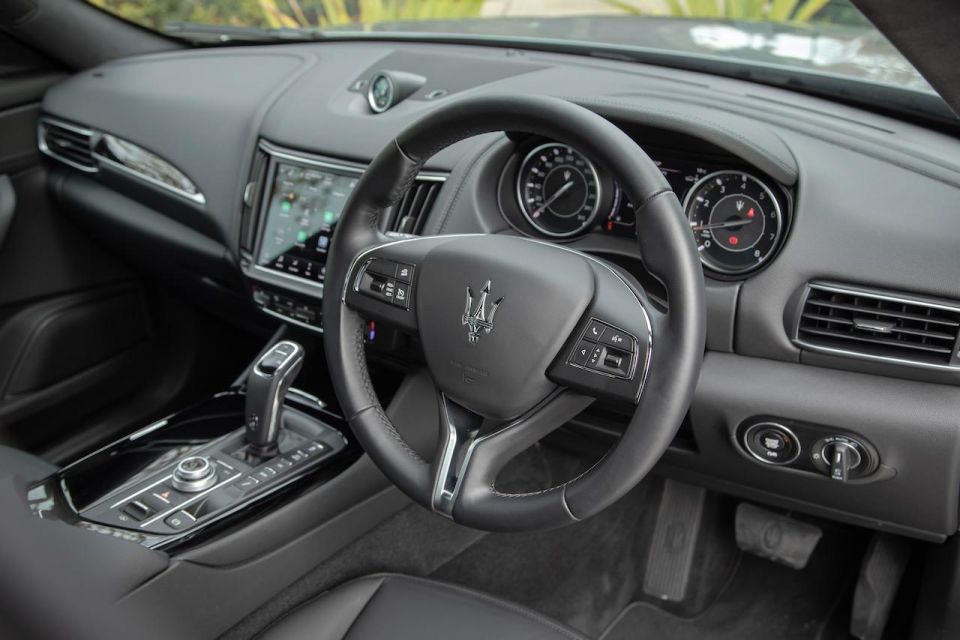
Perhaps my favourite design aspect are the iconic side air intakes in cobalt blue. The colour itself is a subtle nod to the hybrid powertrain, while the letters ‘GT’ sit above in an artistic font to match the ‘Maserati’ script on the tailgate.
The ‘hybrid’ blue theme continues with the latest rendition of the floating trident on the C-pillar, too, which only looks more tasteful on its own as per the Ghibli before it. Same goes for the brake calipers, only on the base Levante, they’re Gloss Blue and an optional extra.
It might only be the 2.0-litre entry-level offering from Maserati, but that doesn’t mean they haven’t gone to work on the exhaust note. You can clearly see the fat piping under the rear diffuser hooked up to the integrated quad-tipped setup.
Better still, it’s not fake given there are no amplifiers at play here. Instead, Maserati’s acoustic wizards have tweaked the fluid dynamics of the exhausts as well as using resonators to make the most of the engine note.
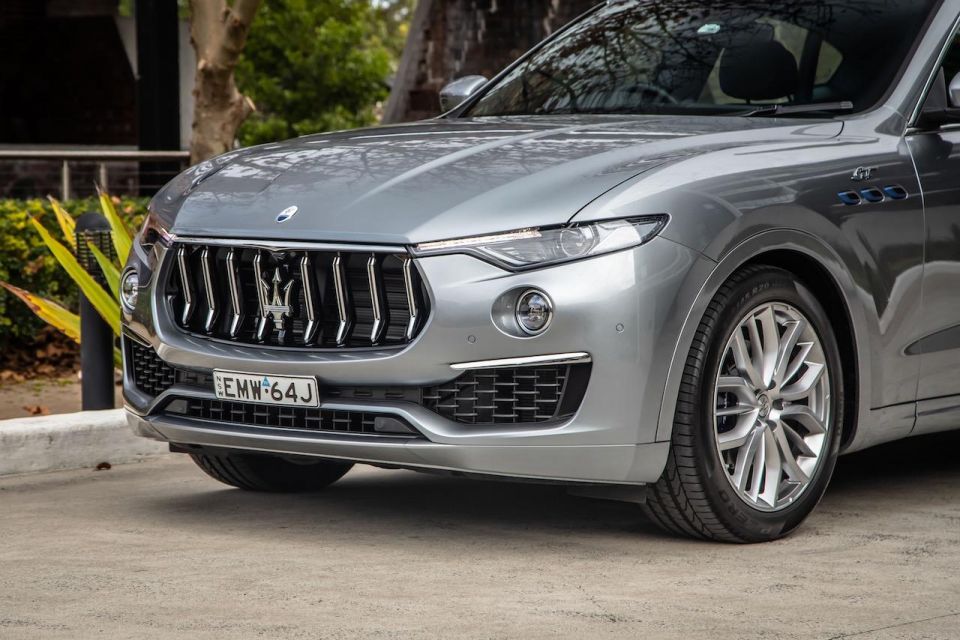
The Maserati Levante GT Hybrid is priced from $135,990 excluding on-road costs.
However, our tester was also fitted with several options, including Grigio Evoluzione metallic paint – specific to the Levante GT and priced at $7458.
Gloss Blue brake calipers were also fitted ($1413), as were 20-inch ‘Efesto’ wheels in Platinum paint for $5034, which together takes the price of our tester to $149,895 before on-road costs.
Key rivals include:
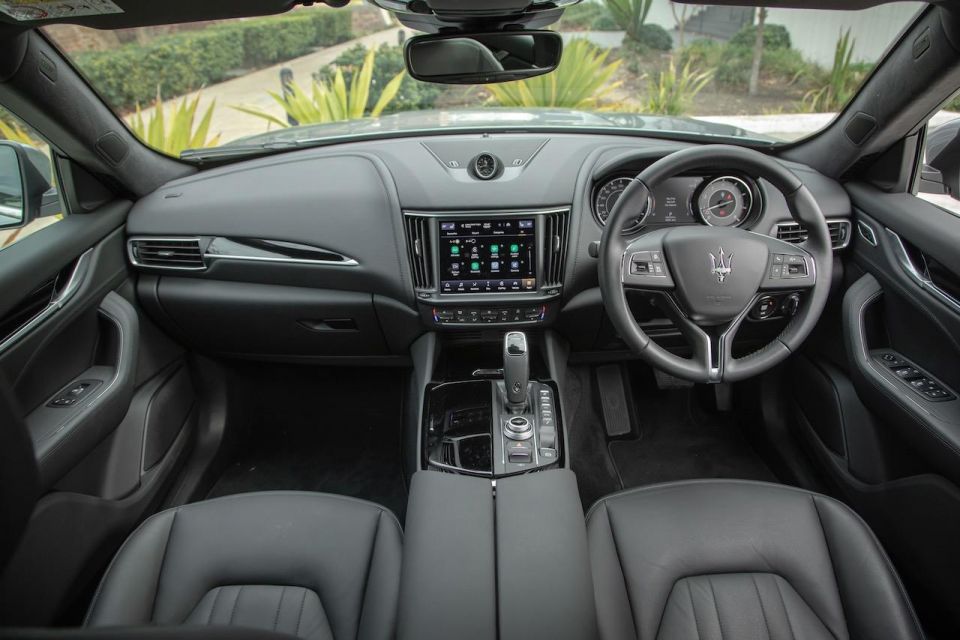
Buy your new car without the stress. It's fast, simple and completely free.

Great service from Travis and team, second time I have used this business would not hesitate to recommend them to anyone
Craig C.
Purchased a Ford Ranger in Sunshine Coast, QLD
CarExpert helped Craig save thousands on his Ford Ranger, now let us save you on your next new car.
Find a dealIt might only be the standard grain leather with plenty of piano black trim, but it’s still one of the most comfortable cabins you’re likely to experience in a luxury SUV this side of $200,000.
The front pews get the balance between support, comfort and genuine suppleness just about perfect, while the driving position reminds me of the Porsche Macan I drove recently – deep into the vehicle but still with a commanding view of the road ahead, and with excellent ergonomics to boot.
My only criticism is the dead pedal seems to impinge on the pedal set itself so that your legs need to be slightly angled to the right rather than directly ahead. It’s a small thing really, but worth a mention.
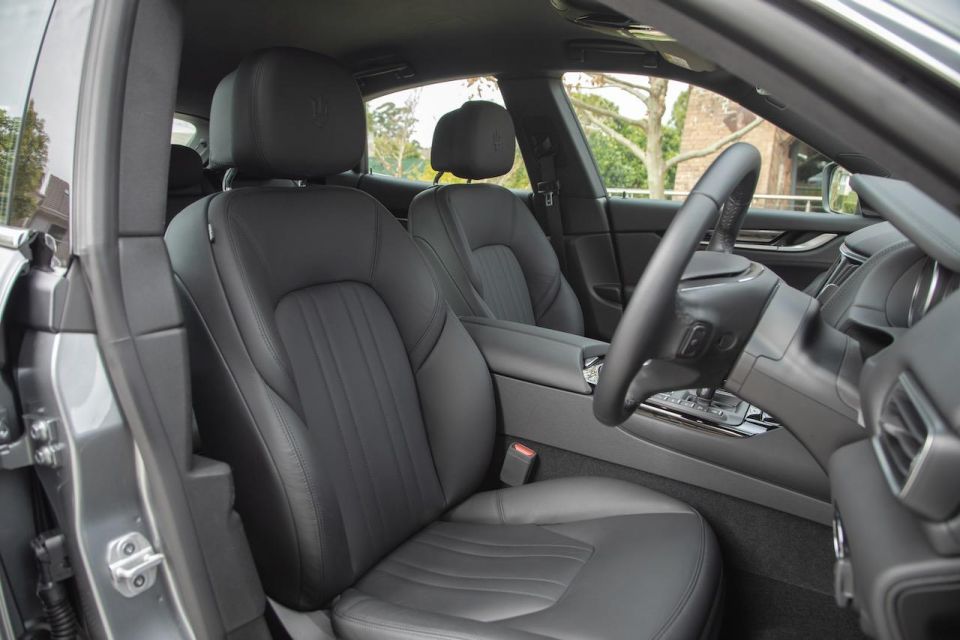

I’ve got a soft spot for the embossed trident in centre of the soft leather steering wheel as well as Maserati’s trademark egg-shaped clock that sits proud as punch on the dash. It’s classy even if it seems a tad smaller than that in the Ghibli Modena.
All the touch points are softest leather, including the double-door console bin, although, the cockpit overall is missing some tasteful contrast stitching to match the blue highlights outside.
I get that Piano Black is all a bit yesterday, but this is the good stuff which doesn’t seem to mark as easily as some examples we’ve seen given it appears very thickly lacquered and therefore relatively smudge resistant.
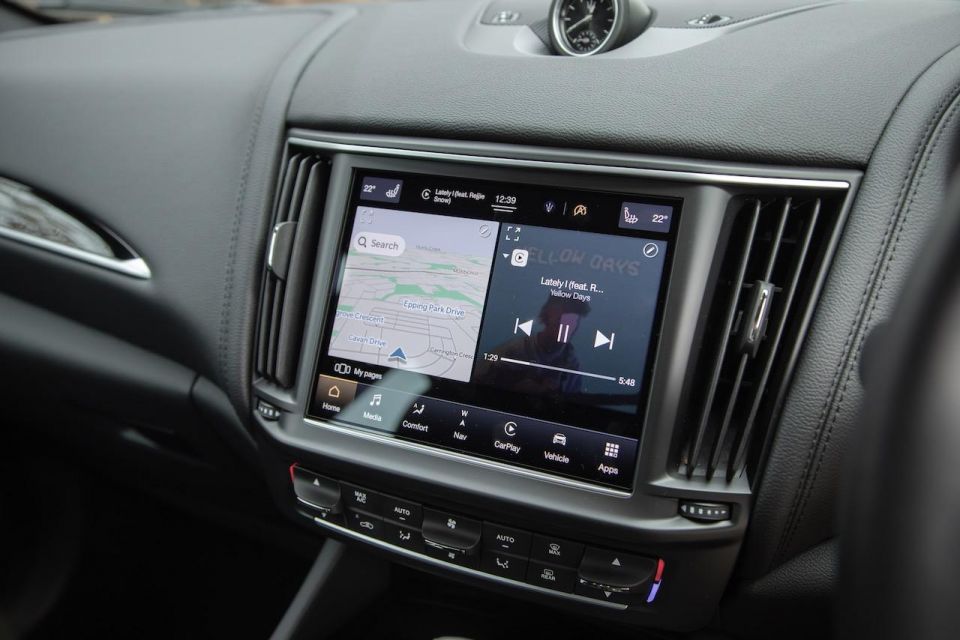
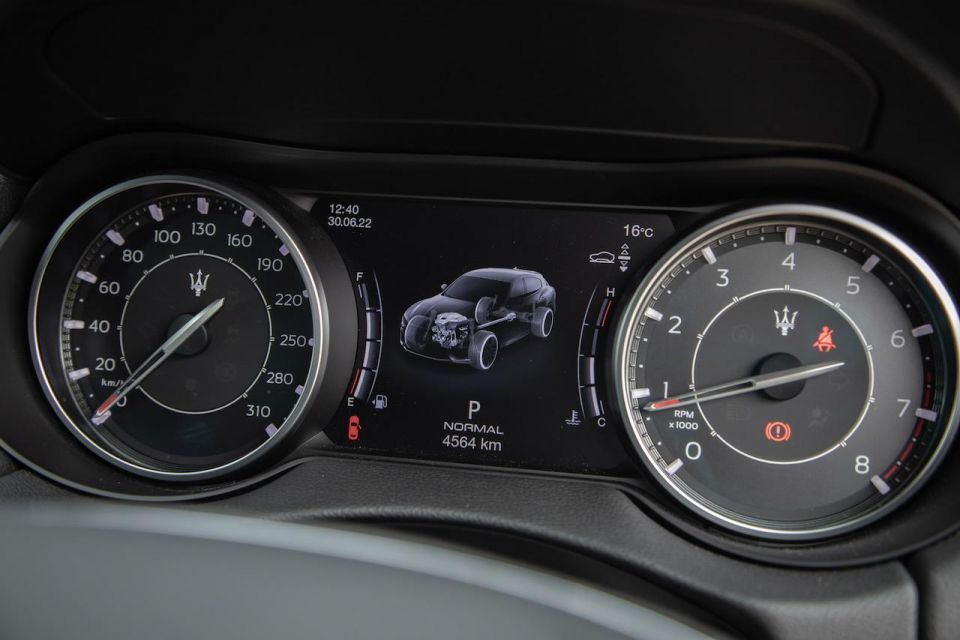
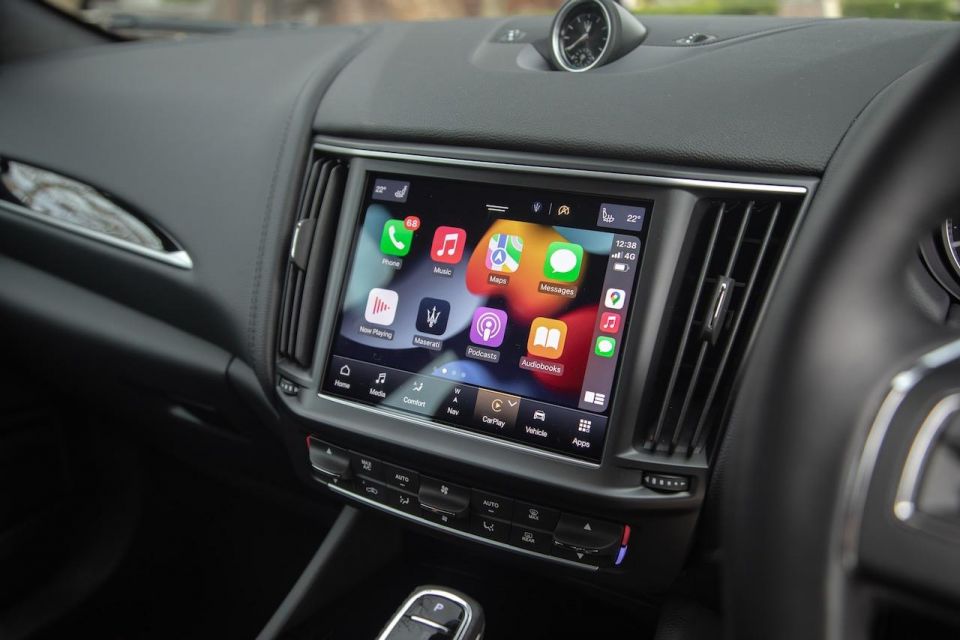

By today’s standards the Levante’s 8.4-inch infotainment system is well and truly on the small side against those super-size screens we see in BMW and Mercedes-Benz models. However, improved resolution and graphics make it crystal clear as well as one of the fastest and most robust Wireless Apple CarPlay systems in the business.
Thankfully, the Levante still gets toggle switches for its climate control up front (none in the second row) in addition to knurled volume and tuner dials unlike newer generation models from rival makes that have effectively ditched them altogether.
The Levante gets an old-school shift lever with a series of shortcut buttons alongside for drive modes, including off-road and on-road choices. There’s also a separate toggle switch for the air suspension’s adjustable ride height settings with up to six different ride height levels.
There’s no fancy all-digital driver’s instrument display, either. Instead, you get the traditional two binnacles with seven-inch TFT screen setup out of the Ghibli. As a heads-up, Maserati will introduce an all-digital cockpit with multiple big screens with the upcoming Grecale SUV when it arrives early 2023.
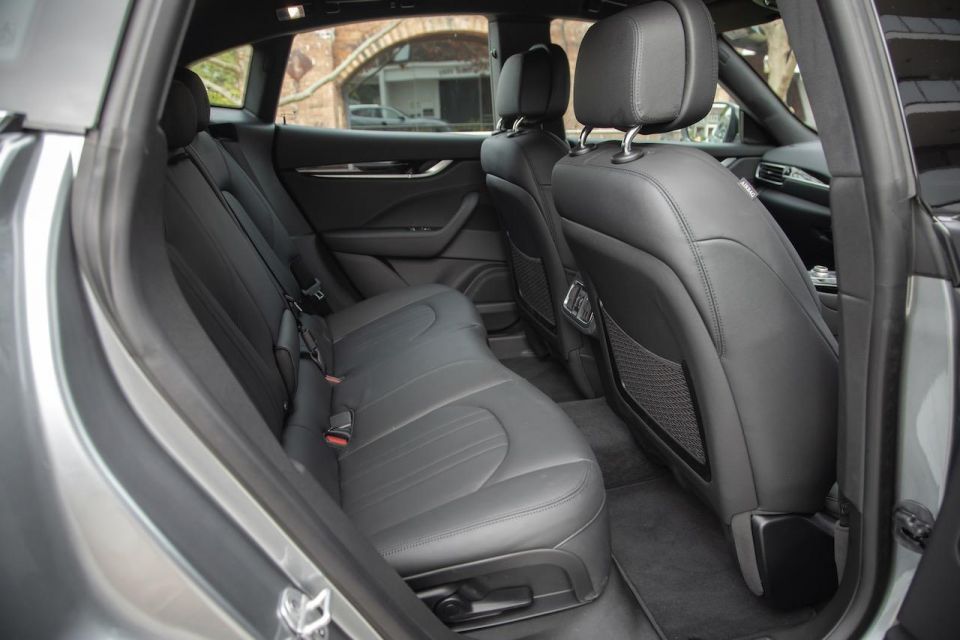
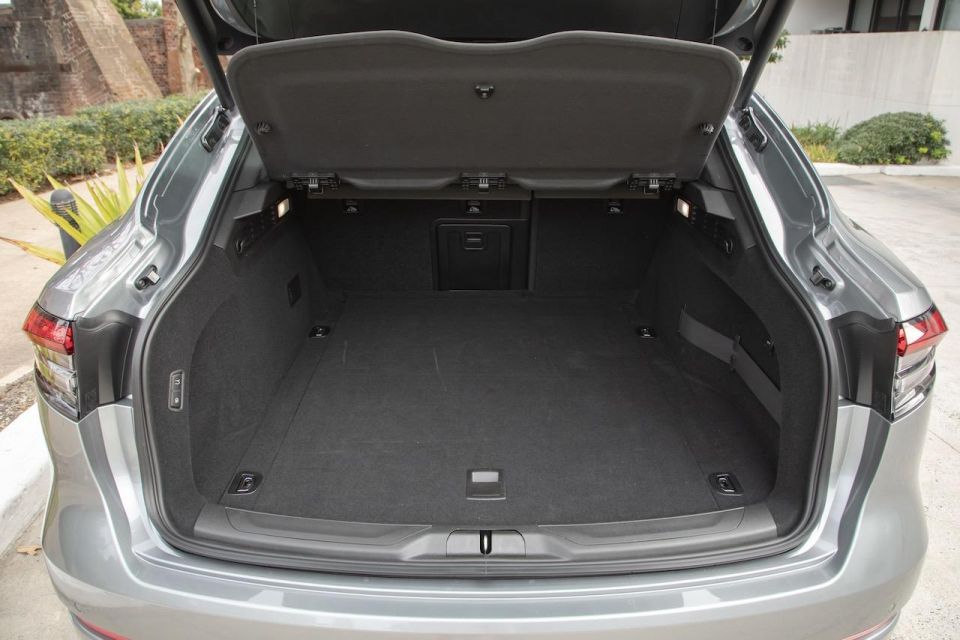
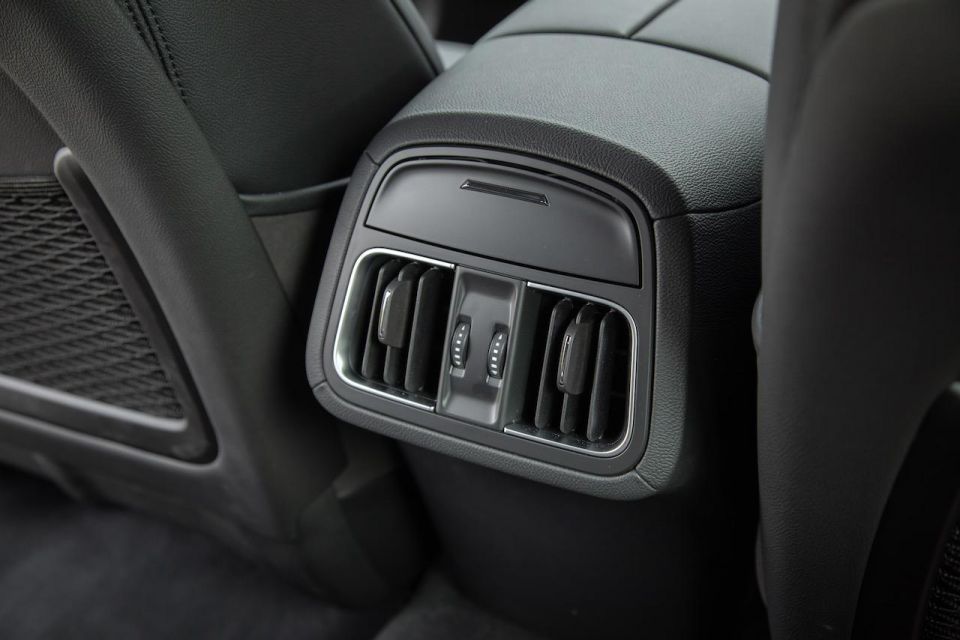
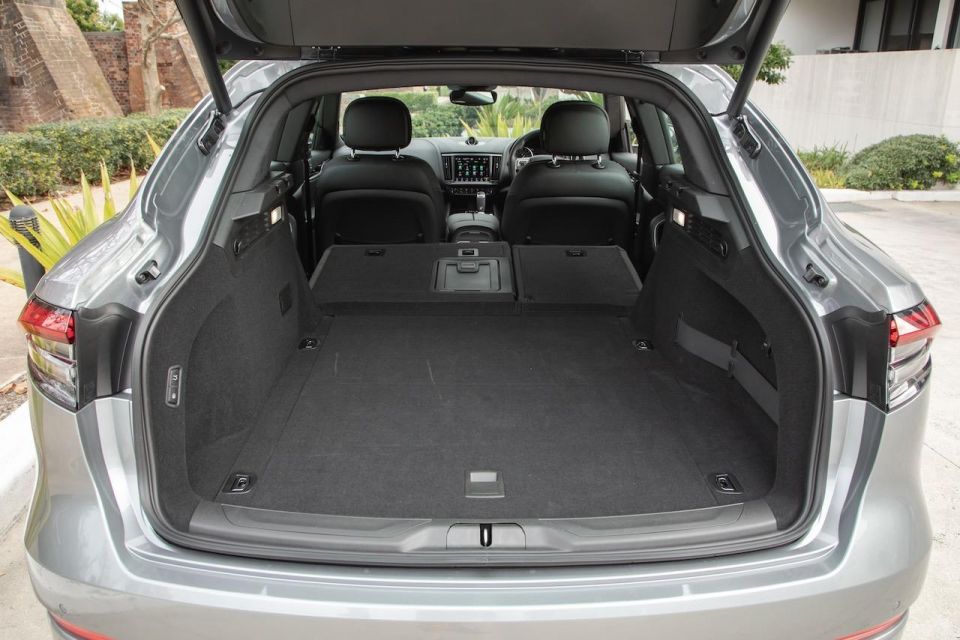
Despite the Levante’s five-metre-plus length, rear legroom is more adequate than generous.
There’s also a fairly significant transmission tunnel hump that pretty much restricts second-row accommodation to two people (comfortably), rather than three.
On the other hand, boot space is a reasonable 580 litres behind the rear seats, which more than doubles when folded.
There’s no boot-mounted remote release levers for the rear seatbacks, though, you’ll find those on the side of each outer pew. It’s less convenient, but they do fold flat in a 60:40 configuration.
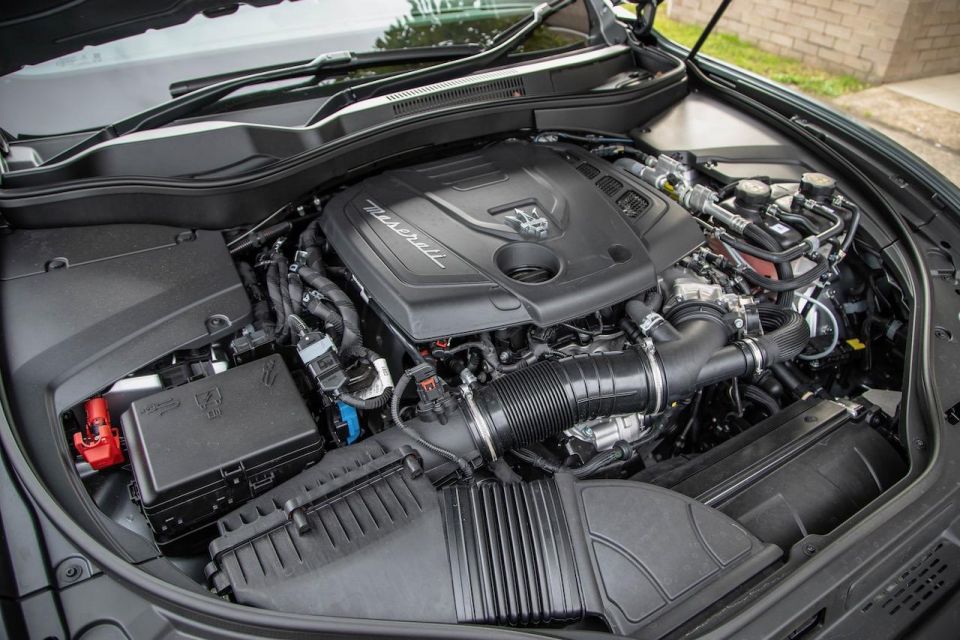
The Levante GT is the only four-cylinder Levante in the model range, which gets a 2.0-litre turbocharged petrol engine with 48V mild-hybrid assistance.
Outputs are quoted at 246kW (5750rpm) and 450Nm (2250-4000rpm). Maserati claims it will go from 0-100km/h in 6.0 seconds flat, while top speed is 245km/h. Importantly, up to 90 per cent of torque is available from just 1750rpm
The Levante’s ‘Hybrid’ system has four parts: the belt starter-generator (BSG), battery, eBooster and a DC/DC converter. The eBooster is there to back up the turbocharger and maintain power at low rpm. Both the BSG and eBooster generate extra boost when the engine hits peak torque in Sport mode.
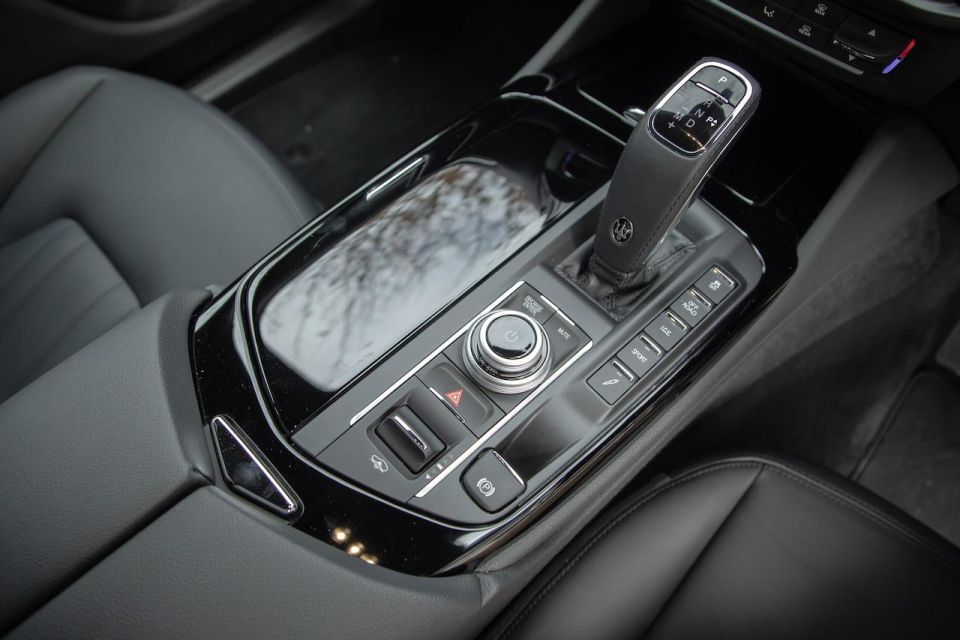
Although the Levante Modena is powered by a 3.0-litre twin-turbocharged V6 engine producing 257kW and 500Nm, it merely matches the 48V-assisted four-pot’s 0-100km/h sprint time of 6.0 seconds.
All Levante models use a ZF-sourced eight-speed automatic transmission, with drive sent to all four wheels.
Understandably, the Levante GT also claims to be the most fuel efficient:
All Levante models have an 80L fuel tank.
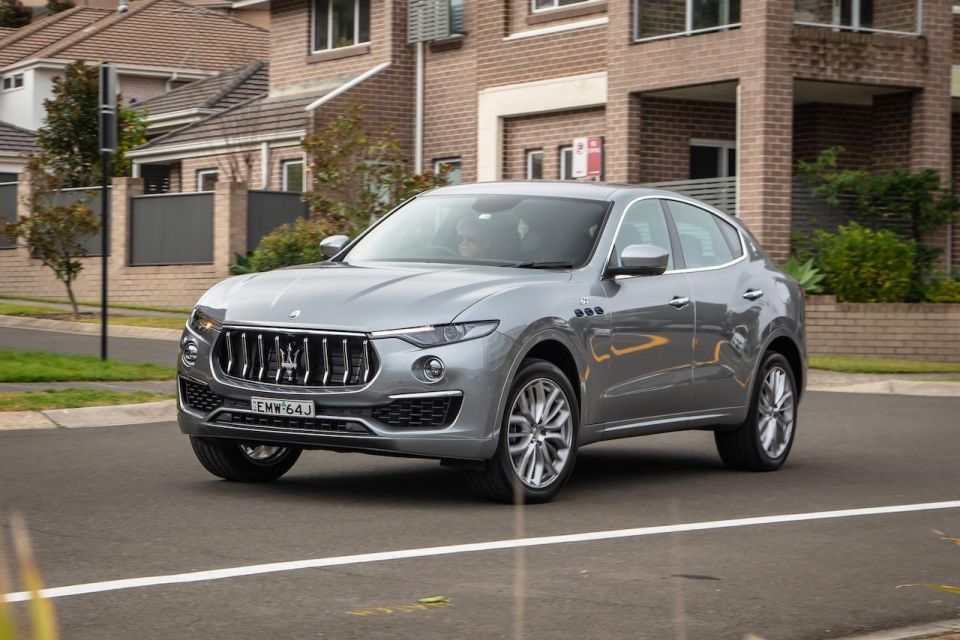
It may not make the best noise Maserati has to offer (and that might be a deal-breaker for some), but I’m telling you straight-up, it’s the absolute sweet spot in the Maserati Levante line-up if you value driving dynamics and comfort ahead of outright pace.
Not only does the Levante GT weigh less than the six-cylinder versions despite the tricky MHEV bits, it also has better weight distribution given there’s less unsprung weight up front, while the battery is placed in the rear of the car but without compromising load capacity.
That’s something you start celebrating from the very first time you turn the Levante into a corner.
Even tipping the scales at 2090kg, the Levante GT Hybrid feels agile at the front end and more than willing to be chucked around.
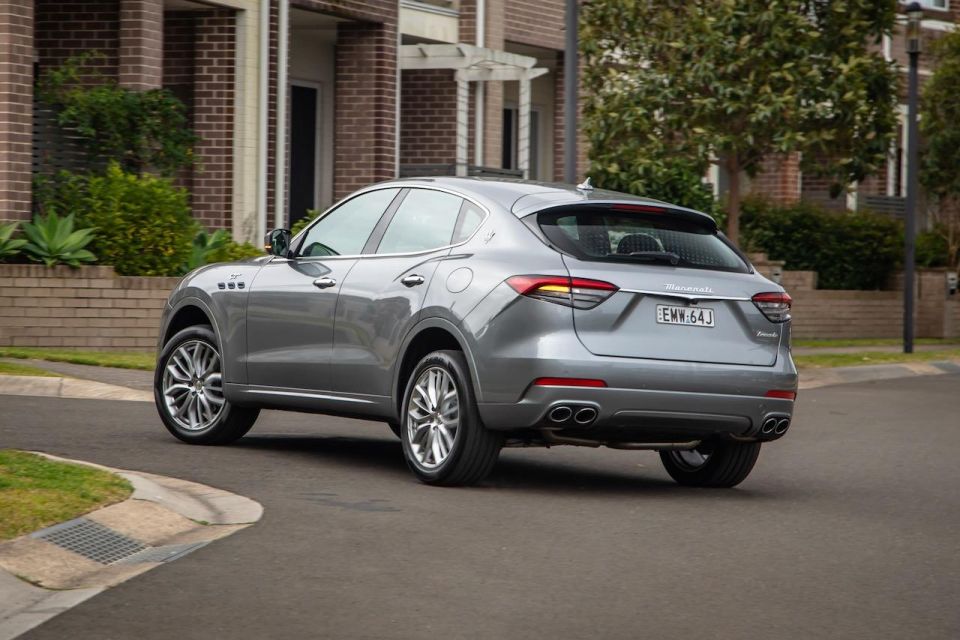
That’s a shout-out to Maserati’s Q4 all-wheel drive system with its variable torque setting. In normal driving conditions 100 per cent of torque goes to the rear wheels exclusively, but punch it off the line or push it through some high-speed bends and the torque balance goes to 50:50 in a split second.
This is one large SUV that goes as good as it looks. You can get on the throttle early out of a corner or roundabout and you can feel those rear tyres wriggle a bit. It’s at this point the Levante starts to feel like a much smaller unit than its proportions might suggest.
The other thing you’ll notice almost immediately is the absolute rigidity of this four-pot Levante, despite its lower-than-average weight for this class. It bodes well for the Levante GT’s deft handling prowess.
The front of the chassis features plenty of lightweight materials including an aluminium casting with a reinforced cross-strut, while the rear is made from more robust rolled steel for weight distribution.
Additionally, the suspension frame, wishbones, hub strut, towers and crossbeam reinforcement are all made from the same weight-saving metal. The doors, bonnet and boot are fabricated from even lighter aluminium, while the dashboard strut is magnesium.
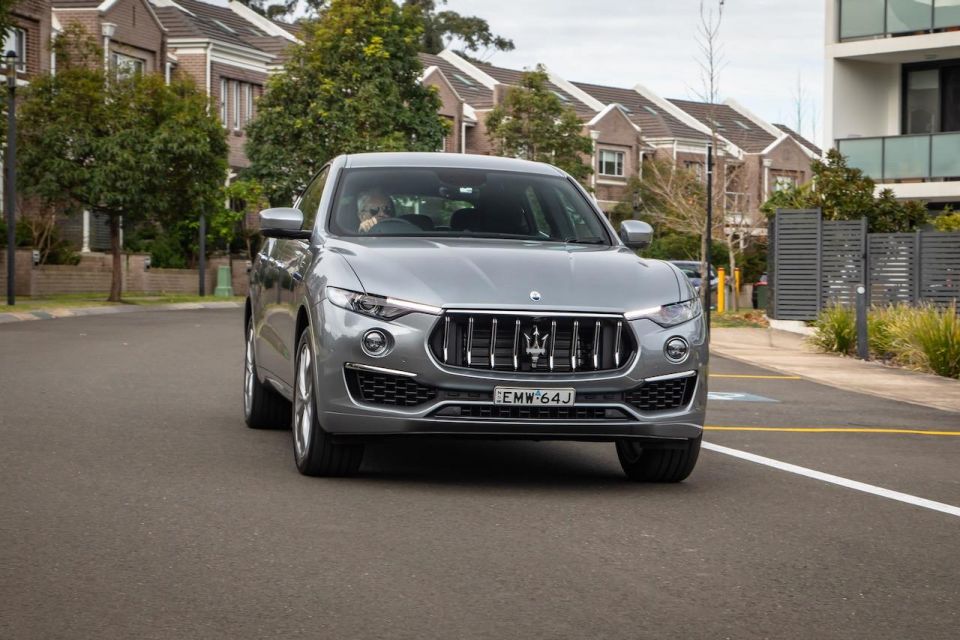
And, while the driver can instantly feel that rigidity through the chassis, remarkably there’s still plenty of ‘give’ in the ride – even when pushed hard on some of the very average road surfaces around the traps these days.
Everything is in sync here: the steering weight and accuracy, the sorted chassis and the truly exceptional suspension tune.
It feels utterly planted while ironing out the worst of broken road, potholes and busted edges – none of it phases the Levante GT. You just end up enjoying it even more and pushing harder with a bit more spirit through the twisties.
In Normal mode, Levante’s standard-fit air suspension is downright superb in its ability to cushion any manner of bump. It almost feels floaty, but it doesn’t affect its cornering or stability.
But then you switch to Sport and things are more controlled, but not at the expense of ride comfort. It reminds me of the Porsche Macan in some ways, despite the Levante’s larger proportions.
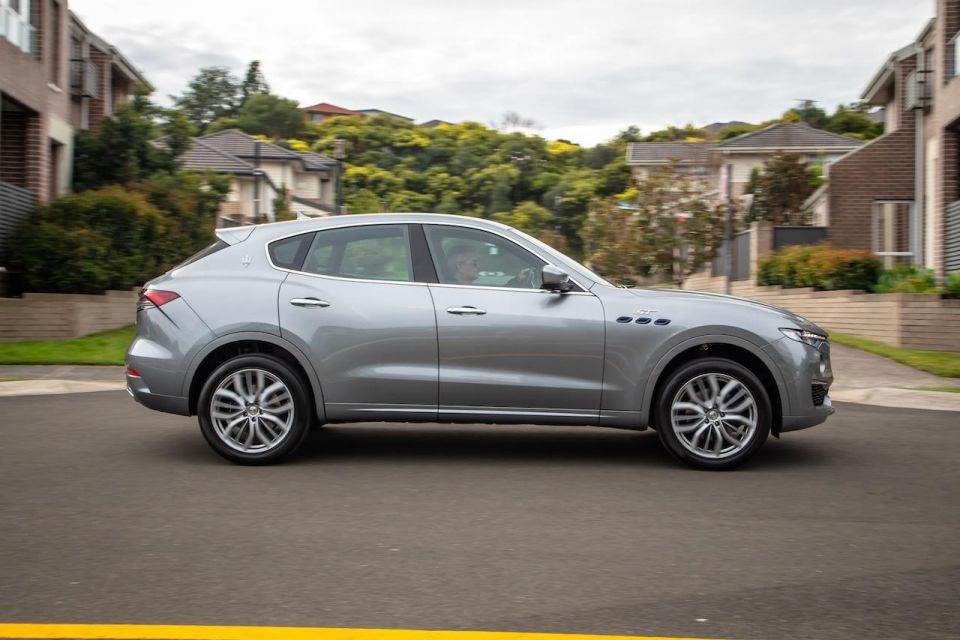
Where expert car reviews meet expert car buying – CarExpert gives you trusted advice, personalised service and real savings on your next new car.
There are six different ride heights and you can feel the car lower the moment you hit the sport and suspension button. And, for those older folks, the moment you engage ‘Park’ the Levante drops to its lowest setting for easier exit.
Don’t worry about performance from this four-pot SUV, it’s got more than enough poke to satisfy most of us. It’s no slouch when it comes to red-light starts, either. Drill it from standstill and there’s zero lag and it just keeps pulling.
Better still, this is one of the better-sounding four-cylinder turbos we’ve sampled. It offers a few well-chosen pops and crackles, but not too many as to be offensive or silly. It’s also a powertrain that never really feels overworked or laboured like some.
For those that might need to access a fire trail to their country weekender, just tap the off-road button and the Levante’s ride height is raised by 25mm. Hit ‘Off-road 2’ and ride height increases by a further 15mm – or 40mm above the standard height.
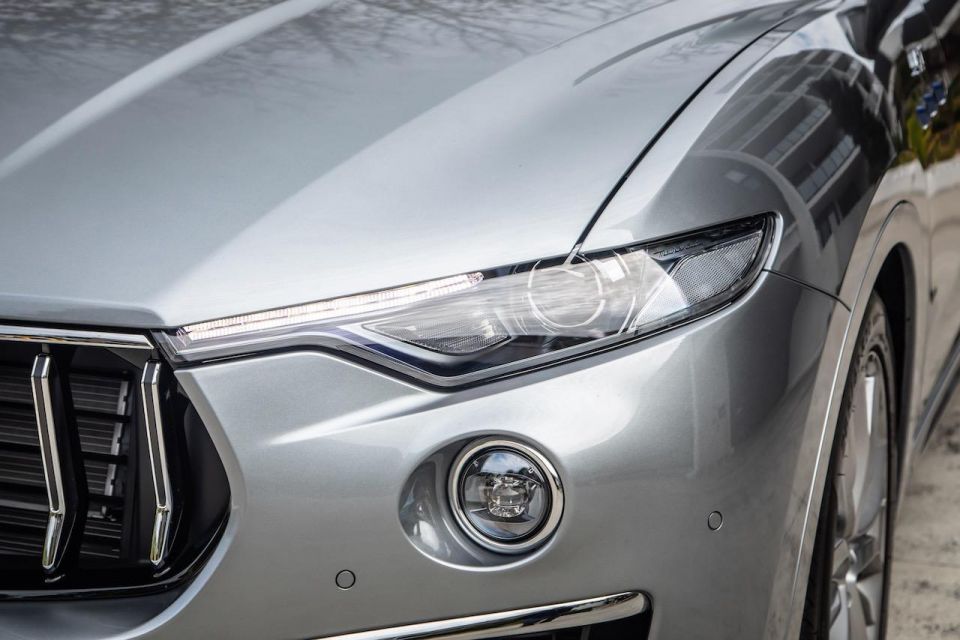



Levante GT highlights:
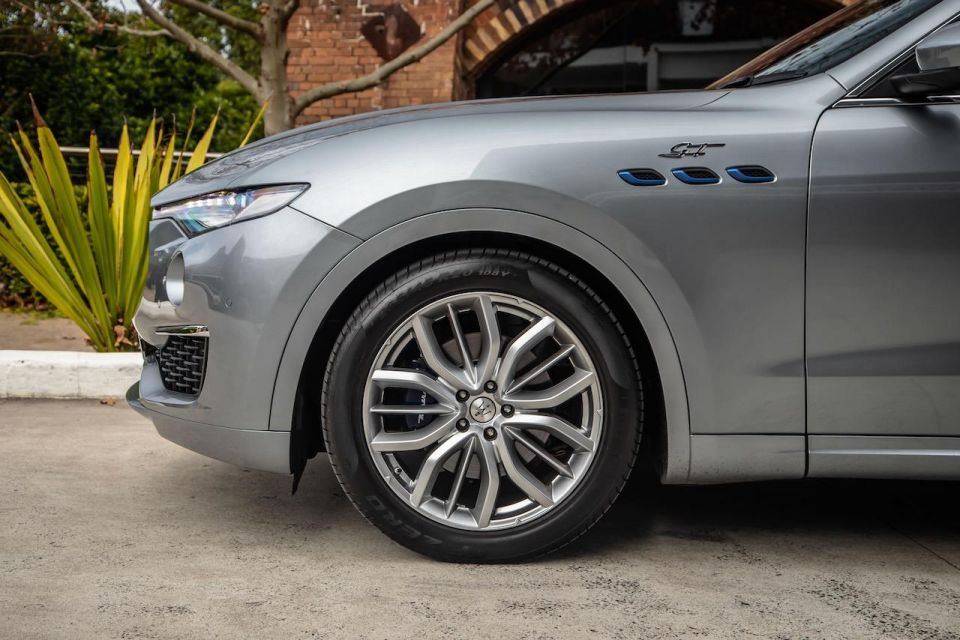

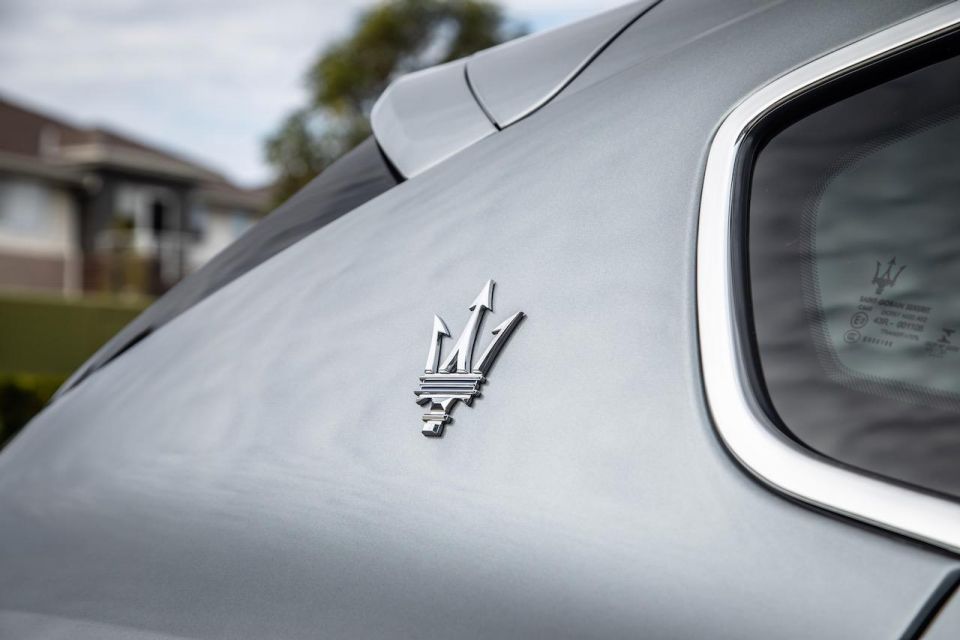

There’s also an endless list of options available – highlights include:

The Maserati Levante hasn’t been crash tested by ANCAP or Euro NCAP, and therefore is unrated.
Standard safety equipment includes:
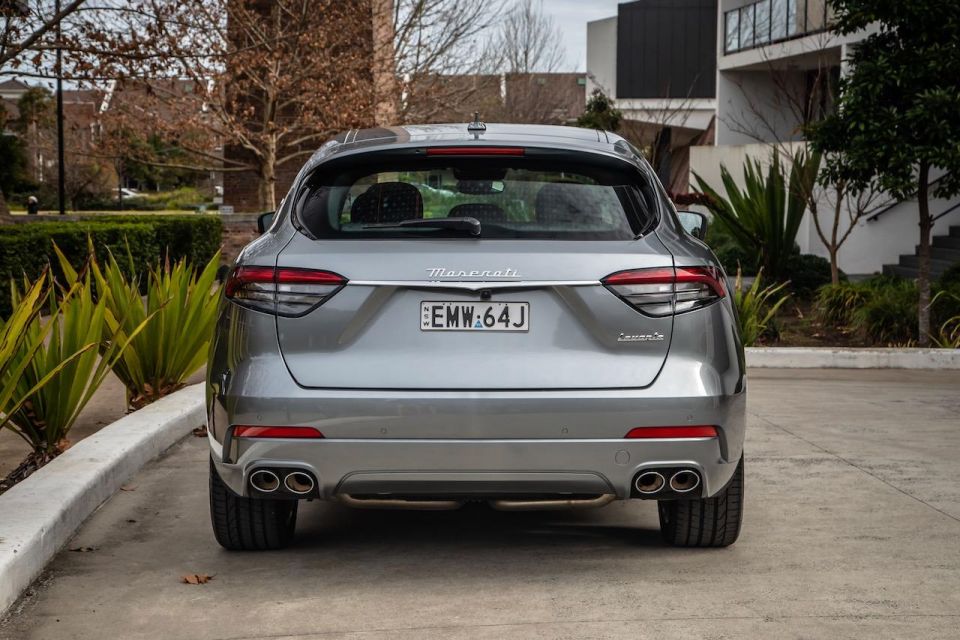
The Maserati Levante is covered by a three-year, unlimited-kilometre warranty.
The Levante requires servicing every 12 months or 20,000km, whichever comes first.
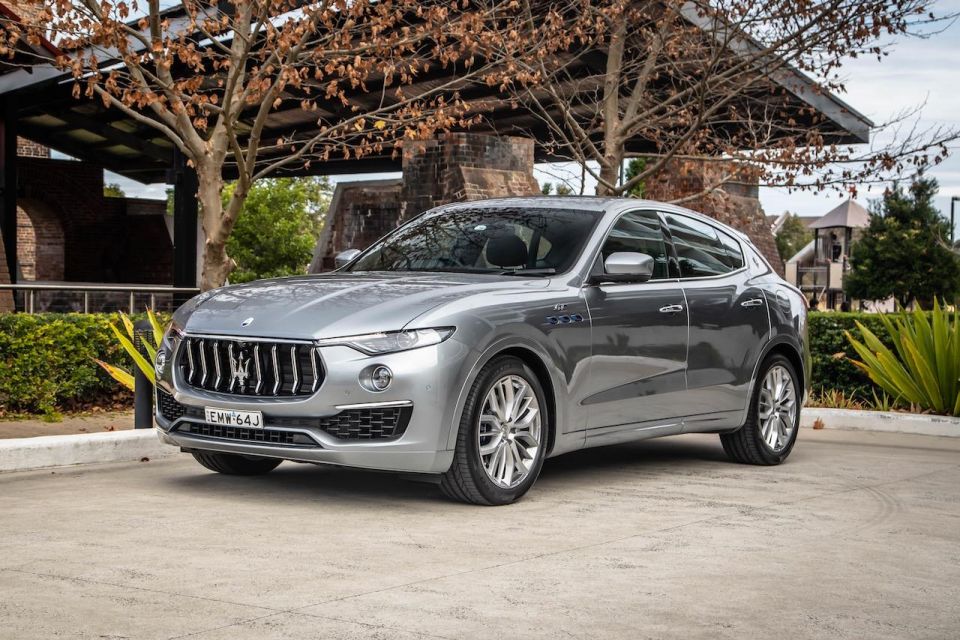
There’s no question the Levante Modena S with its V6 Ferrari engine sounds demonstrably sweeter than the four-pot.
But, I’d still take the entry-level GT for the way it feels in the handling and ride department. That counts for more as a daily.
And, let’s face it – it’s a superb looking SUV regardless of what’s under the bonnet.
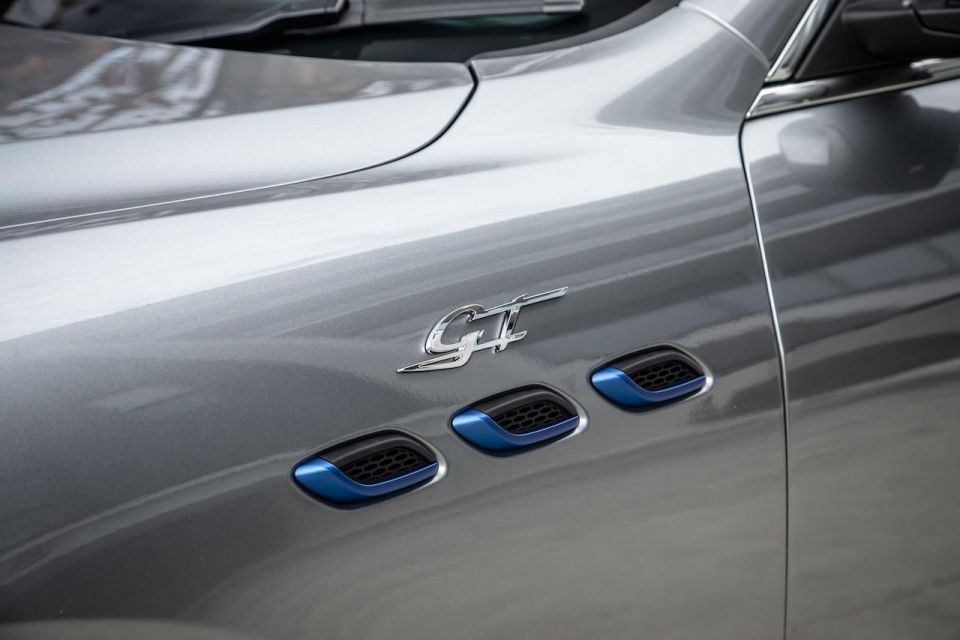
Click the images for the full gallery
Where expert car reviews meet expert car buying – CarExpert gives you trusted advice, personalised service and real savings on your next new car.
Anthony Crawford is a CarExpert co-founder and senior presenter with 20+years in automotive journalism and content creation.


Max Davies
3 Hours Ago


Damion Smy
11 Hours Ago
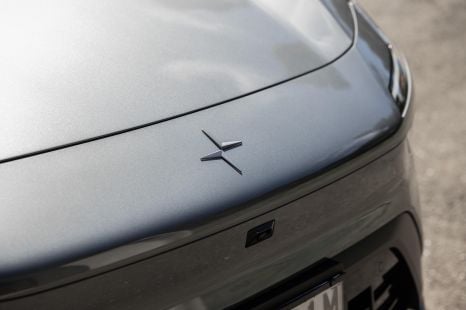

Damion Smy
12 Hours Ago


Damion Smy
14 Hours Ago
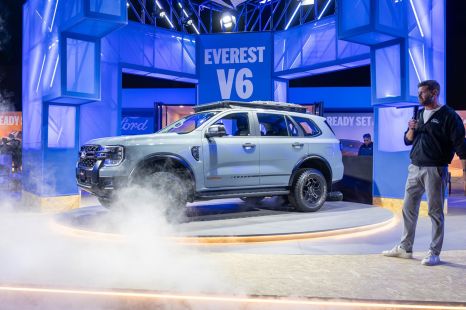

Damion Smy
16 Hours Ago


CarExpert.com.au
17 Hours Ago